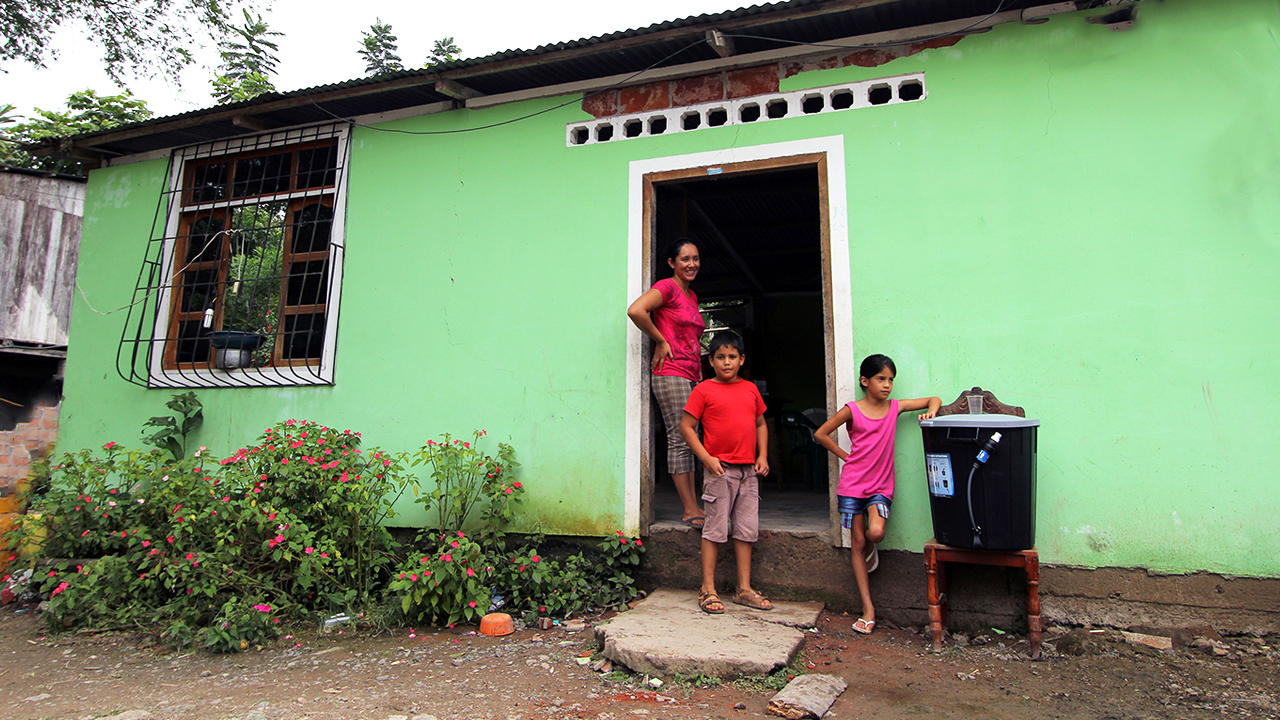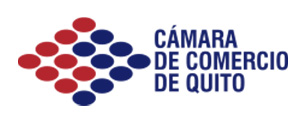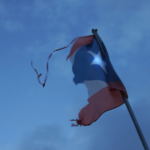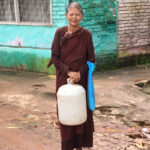
ECUADOR Coast & The Galapagos
Coastal Region
Ecuador straddles the equator on South America’s Pacific west coast. With over 17.5 million, 25% live on less than $3.20 a day. Its diverse landscape and cultures encompass the Amazon rainforest, Andean highlands, the Coastal region, and The Galápagos Islands.
An estimated 15% of Ecuador’s rural population relies on surface water that may be contaminated with pathogens and bacteria. Reaching some of these isolated communities makes it difficult and costly to implement safe water and hygiene practices. The purchase of bottled water is an economic burden for families and produces plastic waste.
The Waterbearers team traveled 1000 miles across Ecuador to reach the seven communities identified for this project. Our objective was to provide clean water solutions and empower women to learn best practices regarding safe water and healthier habits. The team trained more than 300 families in the efficient and safe use of its water resources. It gave one hundred and five filters to eleven communities in Esmeraldas, Manabí, and Napo. In addition, representatives of the Al Invest 5.0 Project and The Waterbearers conducted training focused on the importance of caring for and consuming clean water, protecting the environment, curtailing the excessive use of plastics, and reducing pollution for a healthy life.
Assessing that children in the communities were especially vulnerable due to lack of water purification systems in educational and childcare facilities, we installed water filters in 14 schools, nurseries, and health centers, benefiting 675 children between the ages of 2 and 12. The Quito Chamber of Commerce oversaw the project with sponsorship from Pacari, Agroapoyo, and the Wiñak Association, which developed their cacao and banana supply chain from producers in these locations.
Ecuador Earthquake
On April 16, 2016, a massive 7.8 magnitude earthquake struck the Ecuadorian coastline that killed 668 people and severely injured 6274 more. Twenty-nine thousand were left homeless, living in makeshift tents. According to the UNCHR, some 73,000 people were displaced due to the earthquake.
The Waterbearers co-founder Jane Brinton was on the scene two days after the quake with 50 filters to train volunteers from Pacari Chocolate to use the filters, which they distributed with emergency food supplies. Within 72 hours, filter stations were set up in coastal communities to provide clean water to the displaced.
After the initial response, The Waterbearers focused on bringing more filters into Ecuador. Couriers from both Waves For Water and The Waterbearers supplied 500 filters for communities in desperate need of clean water. During the following weeks, we expanded our distribution through local organizations Cruz Roja (Red Cross) and Comité Cristiano de Emergencia. Four refugee camps holding 1000-1500 people received filters in coastal regions heavily destroyed during the quake.
This disaster occurred just one month after the first Waterbearers fundraising campaign. Based in Ecuador, we responded quickly, bringing lifesaving relief – clean water, days if not weeks before international agencies were allowed into the country. We can go with food for a week, but the body must have water within 72 hours to survive. Victims were trapped under the rubble in 100° temperatures, and many died from lack of water before being reached. Cholera and typhoid are infectious diseases that are potentially life-threatening and are mainly transmitted through the consumption of food or water that has been contaminated by the feces or urine of subjects, such as vermin and mosquitos excreting the pathogen.
The Galapagos
We picture The Galapagos Islands of Ecuador as a magical paradise home to pristine beaches and fascinating flora and fauna. Santa Cruz is the largest populated island with 18000 residents, many of whom live in the dry rural highlands with limited access to clean water. Indeed, finding a sustainable water supply has been problematic since the early settlers arrived on the Islands. Except for one short rainy season, very little rain falls, and even then, it’s irregular, and drought conditions prevail. During the rainy season, rainwater flows from rusty rooftops into concrete tanks, but it is not potable. As an alternative, residents can purchase 5-gallon bottles of water for $11 with $2 refills, often cost-prohibitive for the highlanders. And even this can be unsafe if the containers are not sanitized. Our filter system offers a convenient solution, at least until a more permanent one is identified.
In October 2016, The Waterbearers teamed up with Waves For Water to conduct a water assessment and filter demonstration in the small community of Guayabillo, home to twenty or so families. We provided filters for the two local schools so the children could have access to clean water during the day and bring some home to their families. In a follow-up visit to the schools, we learned that the teachers are accustomed to providing filtered water to the children, who are now in the healthy habit of drinking more water. Everyone agrees that the school water filter program is a success!
COASTAL REGION Esmeraldas, Manabí including Napo Province.
IMPACT 105 filters to 300 families, 14 schools and health centers benefiting 675 children. Long-term reach 10,000 people.
PARTNERS Cámara de Comercio de Quito and Pacari
LOCATIONS Coastal Region: Muisne, Chamanga, Pedernales, Portoviejo, Esmeraldes and Canao.
IMPACT 1200 filters were couriered into Ecuador during relief efforts by The Waterbearers and Waves For Water saving thousands of lives.
PARTNERS Waves For Water and Pacari
THE GALAPAGOS ISLANDS Santa Cruz
IMPACT 14 filters benefitting 20+ families plus a school with 86 children.
PARTNER Waves For Water






